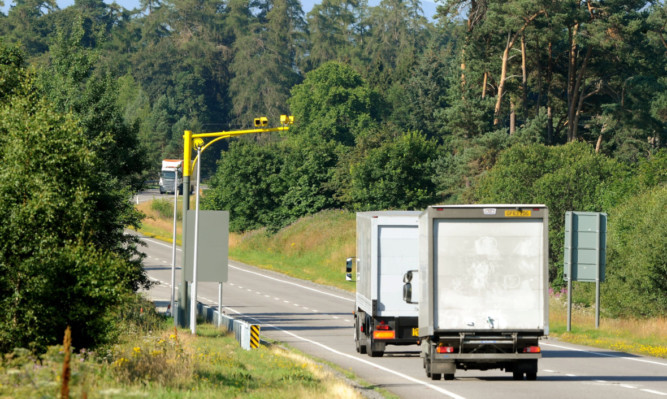The architects of Scotland’s most controversial safety camera scheme have no idea how many tickets have been issued.
Transport Scotland told The Courier it could not tell us how many people have been issued with fines since average speed cameras were introduced on the A9 from Dunblane to Inverness.
Asked about the number of motorists to have fallen foul of the cameras since they went live two months ago, the Scottish Government body said it didn’t hold the information requested.
They said the average speed camera system on the A9 is operated by the Central, Tayside and Northern Safety Camera partnerships and requests for information should be made to Police Scotland.
Police have said the information will not be released until the end of January 2015.
“Figures are being collated and will be available in the near future, we are not in a position to release any statistics at the moment,” is the official police line.
The cameras were introduced to a 136-mile stretch of the A9 at a cost of £2.5 million in an effort to reduce the number of accidents on the notorious trunk road by curbing vehicle speeds.
Despite not knowing how many people have been sent tickets, Transport Scotland maintain that driver behaviour had changed radically as a result of the introduction of average speed cameras.
“Instances of excessive speeding on the A9 have dropped from around one in 10 to less than one in 700 since the cameras were installed on the A9 and there has been no significant effect on journey times as a result of more people driving within the speed limit,” said a spokesperson.
Mike Burns, spokesman for A9 Average Speed Cameras Are Not The Answer campaign, described the lack of information as “a deafening silence”.
“If the system was effective, we would have had information published as quickly as that of the new drink- drive laws in Scotland, which were available hours after the law came into effect,” he said.
